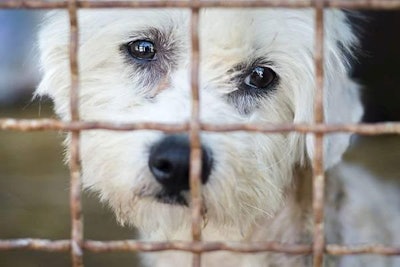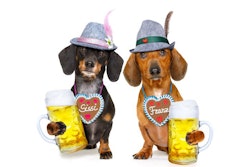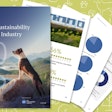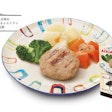
The number of dogs, cats and other pets abandoned in Europe may be rising as the cost of taking care of companion animals rises with inflation.
In October, the BBC reported that pet abandonment in England and Wales increased by 25% during January through July, compared to the same period in the previous year, according to Royal Society for the Prevention of Cruelty to Animals (RSPCA) data. Likewise, the number of rehomed pets declined 10%. Dogs made up more than one third of the abandoned pets, 8,305 out of 22,908.
Owners’ perceptions of the affordability caring for pet dogs varied across the United Kingdom in a survey of dog buyers conducted by Puppies.co.uk, an online dog breeder sales organization. Survey respondents’ perceived monthly dog care costs have risen by 94.66% compared to the same period just before the Covid-19 pandemic. On average, respondents reported that the cost of pet ownership increased to GBP108.89 (US$133.65) per month. The southeast of England same the largest perceived increase in monthly costs (up 138%) since 2019, followed by Scotland (up 98%). London had the lowest increase (up 38%) since before the onset of the COVID-19 pandemic.
Pet food price inflation in France and Hungary
Exacerbating pet food price inflation, the ongoing Russian invasion of Ukraine has affected the prices and availability of dog and cat foods and the ingredients used to make those products. Euromonitor International analysts reported in “How Inflation is Impacting Pet Food Products in Europe.” The prices of dog and cat foods have increased on average in the United Kingdom, Germany, France, Italy, Spain, Poland and Czechia.
“While the average unit price increases for these seven countries, and the six individual pet food categories being tracked, reached 21%, France experienced the strongest increase in unit prices of all countries with an average rise of 31% for the six cat and dog categories,” Euromonitor analysts wrote.
Rising prices are driving pet owners to give up their dogs and cats, while others delay plans to get new pets. The French animal protection group La Société Protectrice des Animaux (SPA) stated that abandonment levels of dogs are up by 6% this year as of August, leading to completely full shelters operated by the organization.
In Hungary, rising pet food prices have helped fuel an increase in animals left with shelters, reported Reuters. Noah's Ark Animal Shelter, one of the largest in Hungary, had more than 1,200 animals as of November 4. Pet food prices have risen between 20-30%, one pet food retailer told Reuters.
Inflation may be the main driver of reduced pet ownership rates in Europe. The end of pandemic-related movement restrictions may be another, as workers find themselves called back into the office after working at home and children return to in-school education.

















